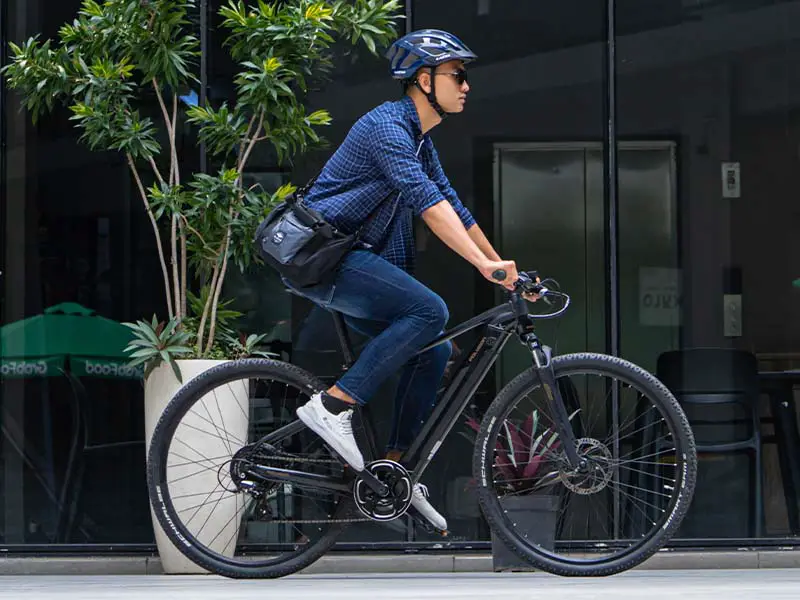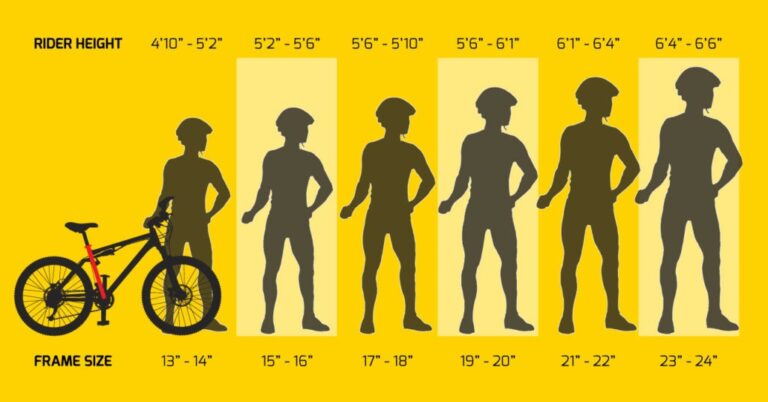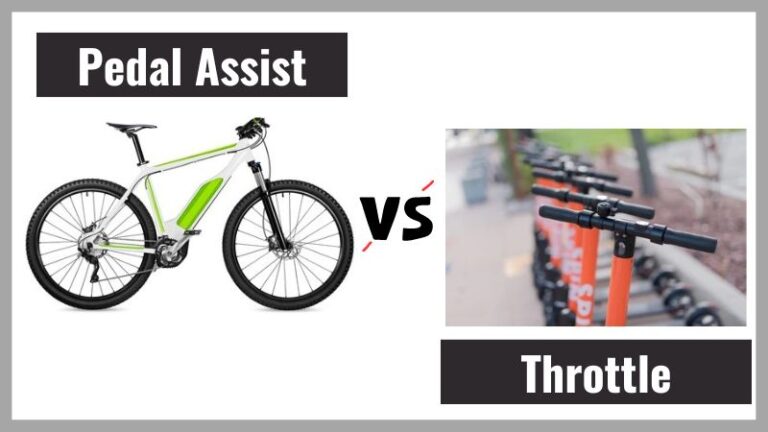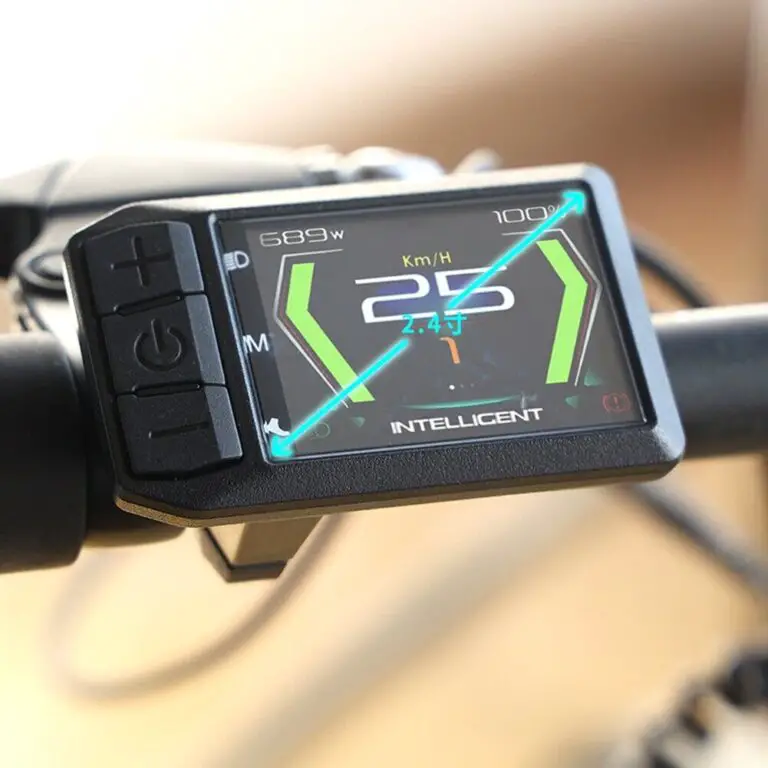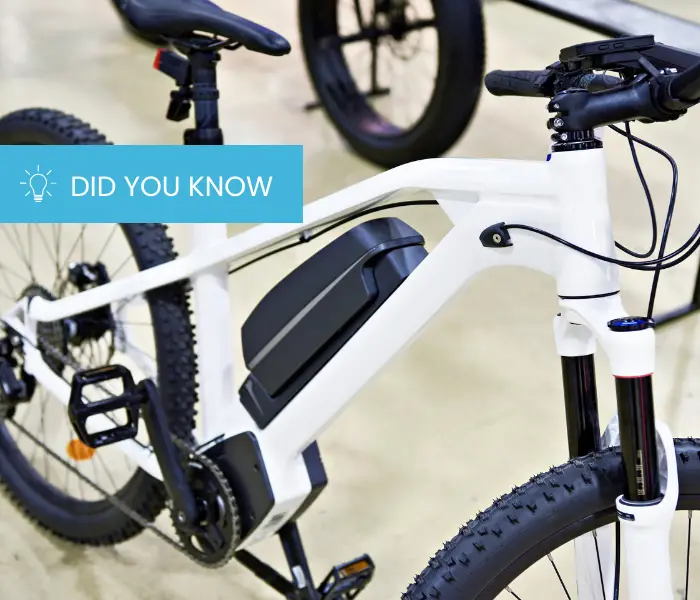How E-Bikes Make Uphill Riding More Manageable for Cyclists
Cycling, often lauded for its health benefits, ecological friendliness, and sheer enjoyment, is a best-loved activity by many. However, ask any cyclist about their least favorite part of biking, and a significant number will likely mention uphill climbs. But what if a solution existed that could transform daunting ascents into manageable inclines, preserving the thrill of cycling without the struggle? Welcome to the world of electric bikes (e-bikes), where the uphill battle is no longer the stuff of nightmares, but rather an opportunity for amplified adventure.
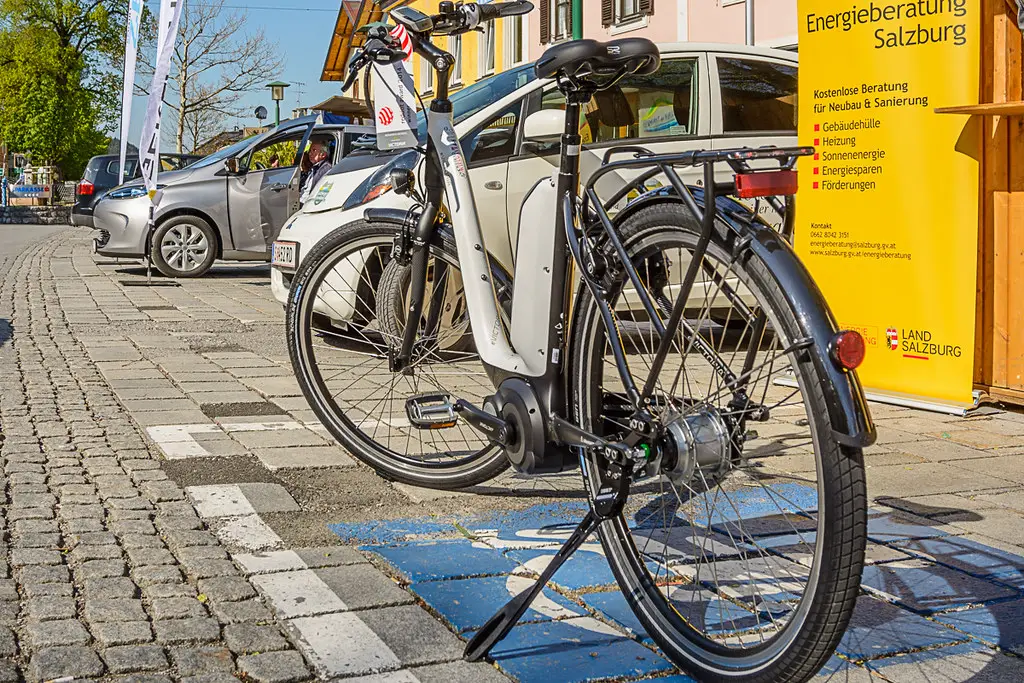
The Surge of E-Bikes in Cyclist Communities
The adoption of e-bikes within the cycling community has been profound in recent years. No longer is this two-wheeled innovation a niche market for environmentalists or elderly citizens seeking mobility; it’s a burgeoning trend among avid cyclists of all ages and backgrounds.
The surge can be largely attributed to the numerous benefits e-bikes offer, especially when tackling the challenges of uphill routes. This post will explore the tangible advantages e-bikes offer to cyclists, focusing specifically on how they transform uphill riding.
Benefits of E-Bikes for Uphill Riding
Assistance with Climbing Gradients
One of the most significant perks of e-bikes is the electric assistance they provide. When faced with an uphill battle, an e-bike’s motor can be engaged to leverage power, making the climb much less arduous.
The level of assistance can often be adjusted, tailoring the experience to the cyclist’s fitness level or preference. This versatility means riders can get as much (or as little) help as they need, promoting a sense of control over their riding experience.
Reduced Physical Strain
For many, the struggle of an uphill climb is not merely the challenge of the mountain, but also the physical toll it takes on the body. E-bikes significantly reduce the impact, allowing cyclists to enjoy the scenery and stay fresh for longer without the exertion that a standard bike would require.
Extended Riding Range
Energy conservation is a crucial consideration for any cyclist, particularly on longer rides. E-bike batteries pack enough power to extend the range riders can cover, potentially turning an outing that might otherwise be limited by fatigue into an extended adventure.
Technical Features of E-Bikes
Understanding how e-bikes make uphill riding more manageable begins with an overview of the technical features that make it possible.
Motor Power
The strength of an e-bike’s motor, usually measured in watts, dictates how much assistance it can offer. High-powered motors are capable of propelling the bike forward with considerable force, ideal for steeper ascents.
Battery Capacity
A crucial element in the e-bike’s infrastructure, the battery life and capacity determine the range the rider can achieve. Modern e-bikes now feature advanced lithium-ion battery technology, offering miles of support on a single charge.
Pedal-Assist Levels
Pedal-assist settings allow the rider to choose the level of assistance the motor provides. Some e-bikes come with several modes, from eco-friendly levels that lightly boost pedaling to turbo modes that can make even the steepest of hills more akin to a gentle slope.
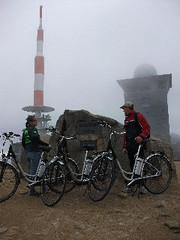
Comparison with Traditional Bikes
To better understand the e-bike’s impact on uphill cycling, it’s pertinent to contrast its performance with that of a traditional bike in the same challenging terrain.
Uphill Performance
E-bikes excel in comparison tests, being the obvious choice for those who want to conquer hills without dominating their day. A regular cyclist might take twice as long to ascend a steep hill when compared to an e-bike rider, thanks to the electrical support.
Riding Experience
While purists may scoff at the idea of an e-bike enhancing the ‘true’ cycling experience, the reality is that the motorized assistance promotes a broader, more inclusive sense of enjoyment from cycling. Novices and seasoned cyclists alike can maintain a fast pace uphill without overtaxing their bodies.
Fitness Considerations
One concern sometimes raised against the e-bike is its potential to reduce the physical fitness benefits of cycling. While it’s true that e-bike rides may not offer the same level of cardiovascular workout as traditional biking, the reduced strain allows riders to focus on covering greater distances, thereby potentially increasing their overall fitness level.
Case Studies or Testimonials
Nothing speaks stronger than experience. Including case studies or testimonials from real cyclists who have used e-bikes to manage uphill climbs can provide valuable insight into the practical advantages of this technology.
Testimonials might express relief at finally being able to keep up with friends on group rides or fulfilling a dream of biking through treacherous terrains that once seemed impassable. These stories can be powerful motivators for others to consider the shift to an e-bike, particularly if uphill riding is a significant part of their regular cycling routine.
Conclusion
The surge of e-bikes in the cycling community is indicative of a broader shift toward more inclusive and empowering forms of physical activity. For those who love the sport but are deterred by the intensity of uphill rides, e-bikes offer a middle ground — a bridge between the traditional cycling experience and a more accessible, enjoyable adventure.
The advancements in e-bike technology parallel the evolving needs and expectations of cyclists, as the demand for a more balanced and sustainable approach to biking continues to grow. With uphill riding becoming increasingly manageable on an e-bike, it’s time for cyclists to explore this innovative avenue and unlock new horizons in their cycling journeys.
